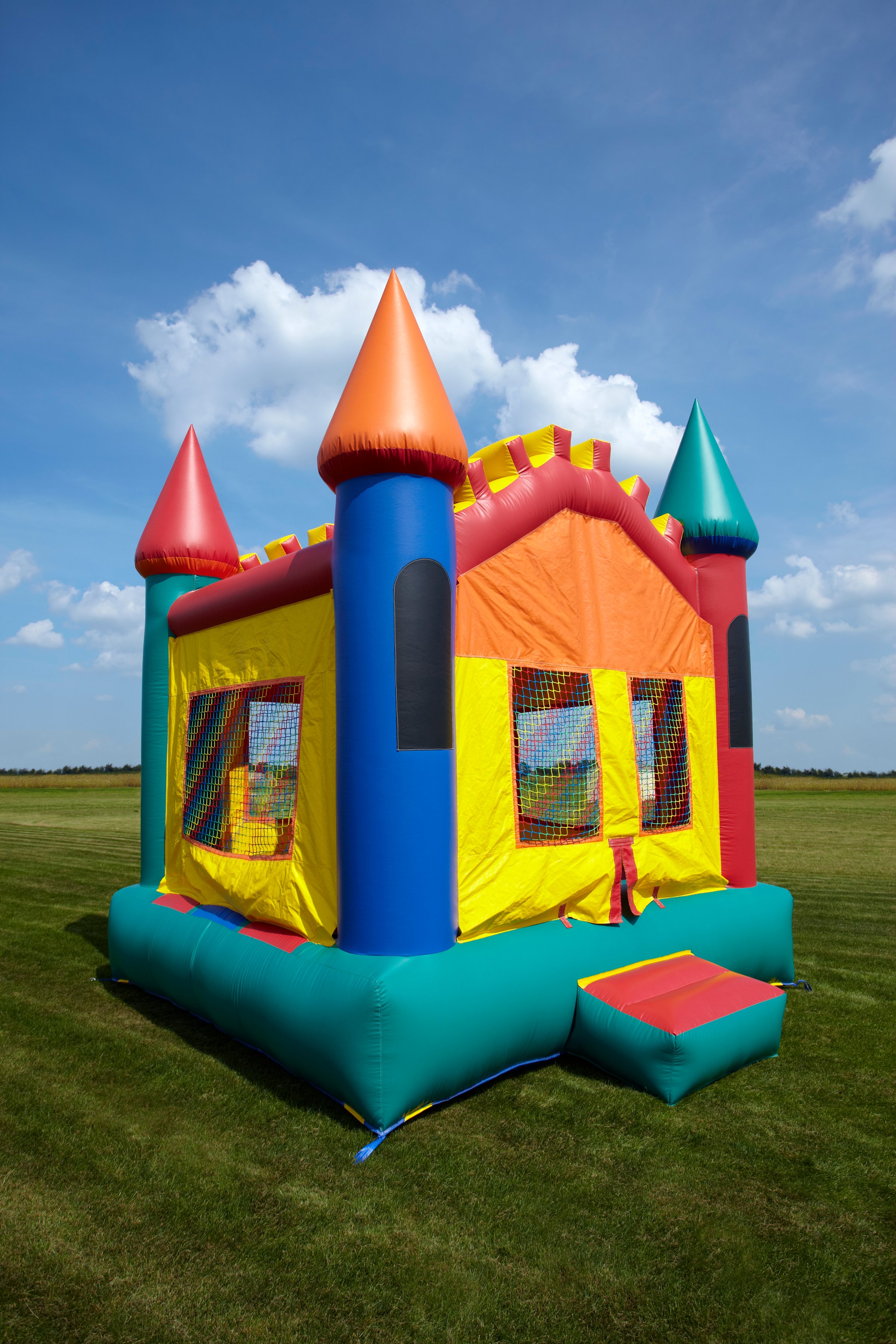
Inflatable “bouncy houses” have been in the headlines lately for two spectacular mishaps. A gust of wind lifted one bouncy house in Colorado off of the ground and rolled it end-over-end for roughly 200 feet on Sunday, injuring two children. This came just weeks after another airborne bouncy house in upstate New York sent two young children tumbling into the emergency room. The scares have put the iconic bouncy house’s safety record in the spotlight, and it indeed looks spotty—that is, until you compare it with injuries related to a rubber ball.
Each year roughly 265,000 children suffer from toy-related injuries, according to the Consumer Product Safety Commission. Some toys lead to more injuries than others, and to find out which topped the charts, researchers surveyed 100 emergency rooms across the country. One clear chart-topper, vaulting past stilts, rockets and pogo sticks, was a run-of-the-mill kick-push scooter. It was followed by toy balls, toy vehicles and a third category labeled “not specified,” which closer inspection shows to be dolls, plush toys and action figures. The most injurious childhood amusements are also the most ordinary.

And that makes sense, given that these toys are staples of the toy cabinet. Children are going to spend a lot more time on a scooter than inside of an inflatable castle that occasionally rolls through town (figuratively, one would hope). And children being children, almost any object over an extended amount of time can pose a risk. Researchers could not observe one statistically significant change in toy-related injuries between 2008 and 2012. The same toys seemed to cause the same injuries year in and year out. It’s a finding that won’t make headlines, but it might be of interest to a parent whose concerns might be momentarily fixated on a rolling bouncy house.
More Must-Reads From TIME
- The 100 Most Influential People of 2024
- The Revolution of Yulia Navalnaya
- 6 Compliments That Land Every Time
- What's the Deal With the Bitcoin Halving?
- If You're Dating Right Now , You're Brave: Column
- The AI That Could Heal a Divided Internet
- Fallout Is a Brilliant Model for the Future of Video Game Adaptations
- Want Weekly Recs on What to Watch, Read, and More? Sign Up for Worth Your Time
Contact us at letters@time.com